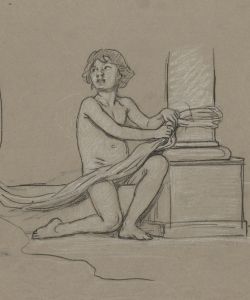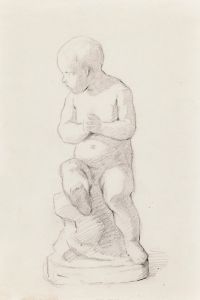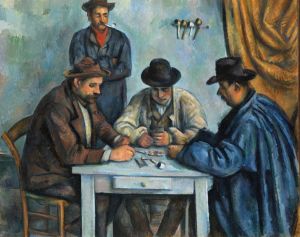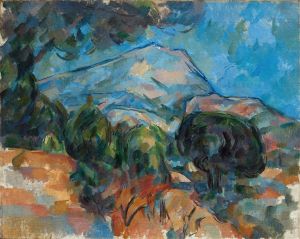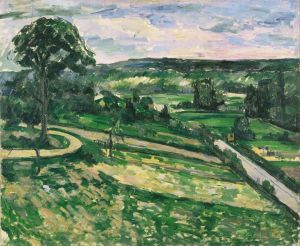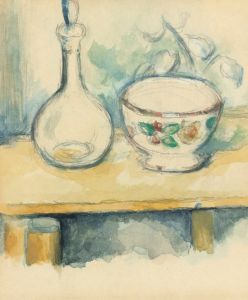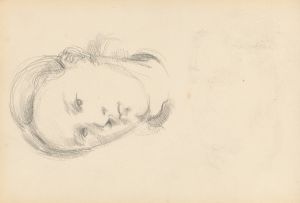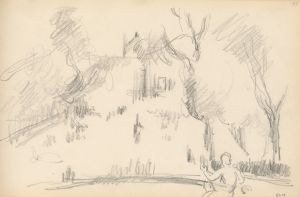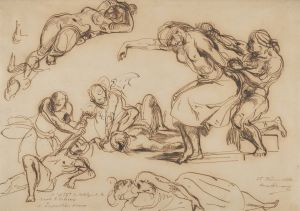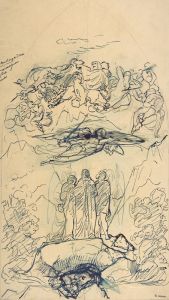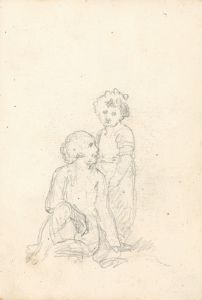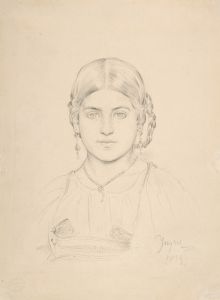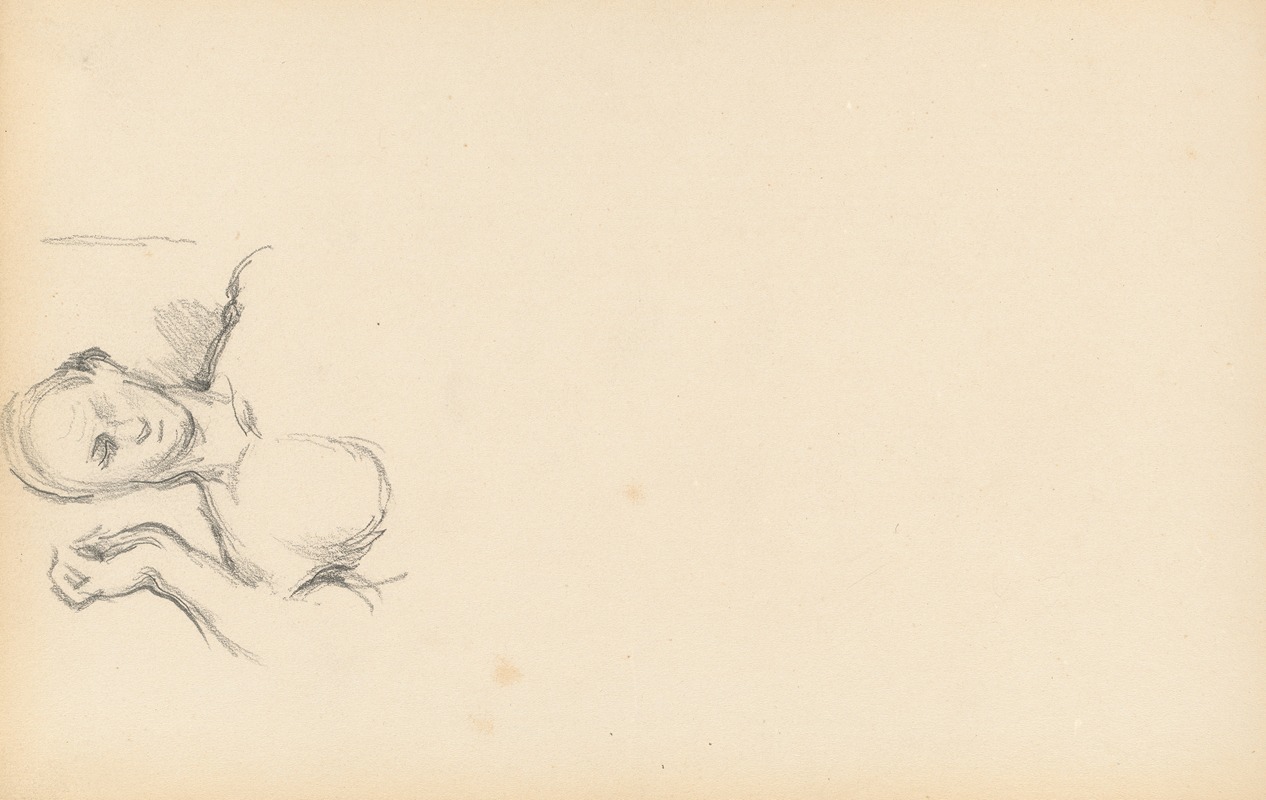
Study of ‘The Roman Orator ’
A hand-painted replica of Paul Cézanne’s masterpiece Study of ‘The Roman Orator ’, meticulously crafted by professional artists to capture the true essence of the original. Each piece is created with museum-quality canvas and rare mineral pigments, carefully painted by experienced artists with delicate brushstrokes and rich, layered colors to perfectly recreate the texture of the original artwork. Unlike machine-printed reproductions, this hand-painted version brings the painting to life, infused with the artist’s emotions and skill in every stroke. Whether for personal collection or home decoration, it instantly elevates the artistic atmosphere of any space.
Paul Cézanne's "Study of ‘The Roman Orator’" is a notable work that reflects the artist's profound engagement with classical themes and his innovative approach to painting. Cézanne, a French Post-Impressionist painter, is renowned for his unique method of building form with color and his analytical approach to nature, which significantly influenced the development of modern art.
"Study of ‘The Roman Orator’" is a study piece that Cézanne created as part of his exploration of classical subjects. The painting is a study of a sculpture, specifically a Roman orator, which was a common subject in classical art. This work exemplifies Cézanne's interest in the human figure and his dedication to understanding and interpreting classical forms through his distinctive style.
Cézanne's technique in this study involves a meticulous application of color and brushwork to convey the solidity and volume of the orator's figure. He uses a palette of muted tones, with careful modulation of light and shadow, to create a sense of depth and three-dimensionality. This approach is characteristic of Cézanne's broader oeuvre, where he often sought to capture the underlying structure of his subjects through a careful balance of color and form.
The "Study of ‘The Roman Orator’" also highlights Cézanne's departure from the more fluid and spontaneous brushwork of the Impressionists. Instead, he employs a more deliberate and methodical technique, laying down each stroke with precision to build up the form gradually. This method reflects his desire to achieve a greater sense of permanence and stability in his work, contrasting with the fleeting impressions favored by his contemporaries.
Cézanne's interest in classical themes can be traced back to his early education and his admiration for the art of the Renaissance and Baroque periods. He was particularly influenced by the works of Nicolas Poussin and the classical tradition of French painting. This influence is evident in the "Study of ‘The Roman Orator’," where Cézanne's careful study of the sculpture reveals his deep respect for the classical canon and his ambition to reinterpret it through his modern lens.
The painting is also significant in the context of Cézanne's broader artistic development. It represents a period in his career where he was increasingly focused on the study of form and structure, which would later culminate in his groundbreaking contributions to the development of Cubism. Artists such as Pablo Picasso and Georges Braque would later draw inspiration from Cézanne's innovative approach to form and composition, acknowledging his pivotal role in the transition from 19th-century artistic conventions to the radical new directions of the 20th century.
In summary, Paul Cézanne's "Study of ‘The Roman Orator’" is a testament to the artist's dedication to classical themes and his innovative approach to painting. Through his meticulous technique and thoughtful engagement with classical forms, Cézanne not only paid homage to the artistic traditions of the past but also paved the way for the future of modern art.





